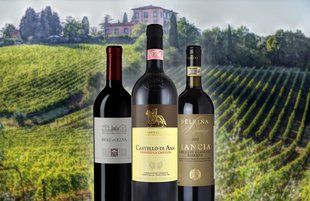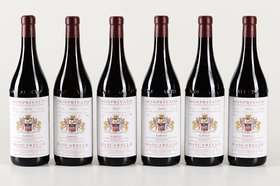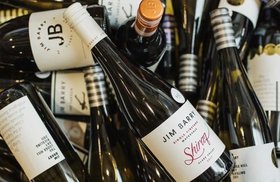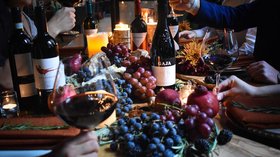Guide to Chianti Wine: 10 Iconic Bottles, Styles, Regions
The Chianti area of Tuscany is known for its extra-virgin olive oil and the seductively delicious Chianti wine.
While its tangy acidity and intense flavors make it a popular drink among wine collectors, investors admire this wine for its excellent aging potential.
Take a Chianti wine tour and explore this Italian wine in detail - from the grape varieties used, the best Chianti wines in 2024, how it differs in different regions, and Chianti wine classification to its fascinating history.
Also, find out their investment potential.
Further reading
A Quick Intro to Chianti Wine
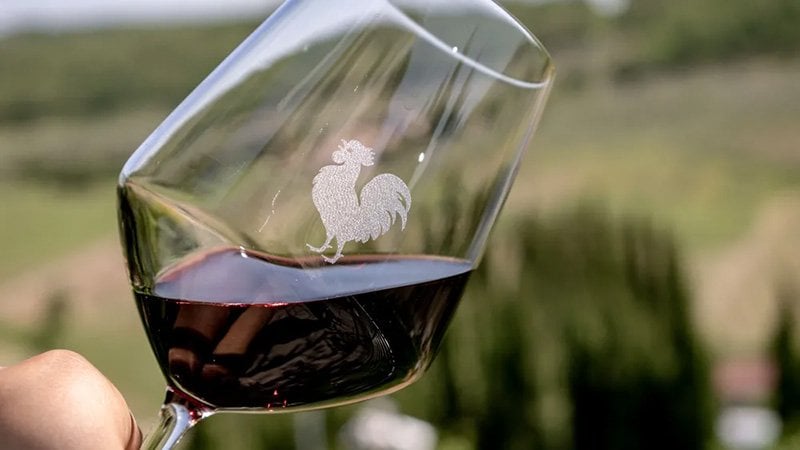
Chianti is a medium to full-bodied red wine produced in the Chianti region of Tuscany. Traditionally, it was bottled in a squat bottle enclosed in a straw basket called fiasco.
It is produced in two main Chianti appellations: Chianti and Chianti Classico.
Primarily made from the Sangiovese grape, Chianti can be a varietal wine or a blend of Sangiovese and other wine grapes.
Although the wine typically showcases red fruit flavors and spicy aromas, its taste varies depending on the Chianti area or region. For example, Chianti Rufina wine is more aromatic, while Colli Sensi wine has a robust fruit flavor.
Today, the DOCG regulations recognize many of these Tuscan region wines as Chiantis.
The Grape Varieties That Make a Chianti Blend
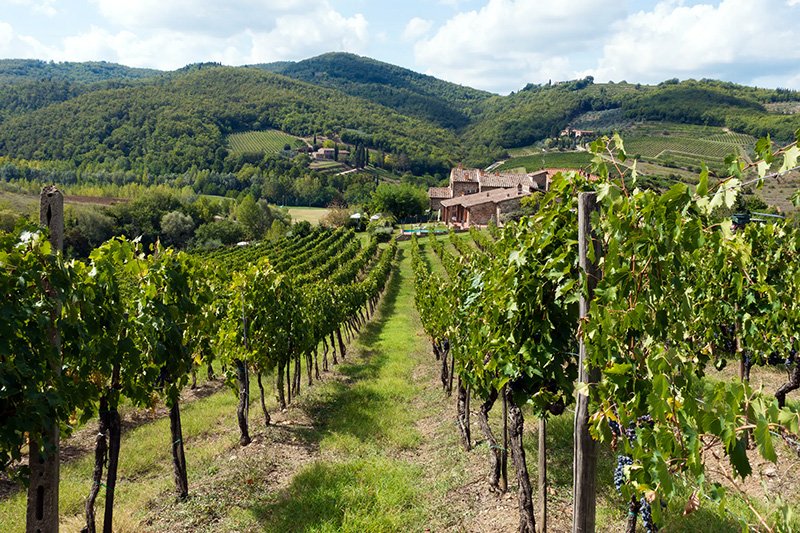
According to the DOC regulations, Chianti wines must comprise at least 80% of the Sangiovese grape and be aged for a minimum of three months.
On the other hand, Chianti Classico wines (produced exclusively in the Chianti Classico appellation) must be made with 80% Sangiovese grapes and aged for at least 10 months.
The winemaker can also use Canaiolo Nero, Colorino, Cabernet Sauvignon, and Merlot red wine grapes in the Chianti blend.
For white grapes, the winemaker can add up to 10% Malvasia or Trebbiano.
Chianti Classico winemaking regulations don’t allow any white grape varieties in their blend.
The Taste Profile of Chianti Wine
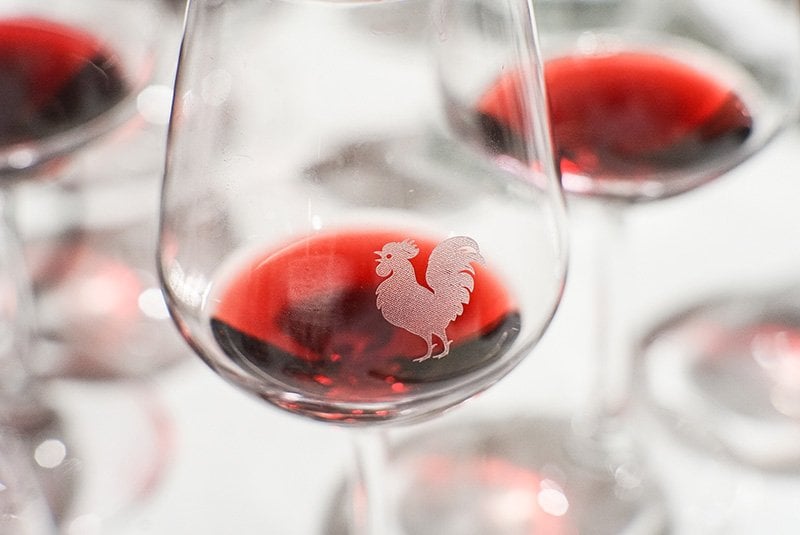
Chianti wines are medium to full-bodied and dry with 12%-14% ABV.
In the glass, they showcase a ruby red color. Aged Chianti wines will have hues of burnt orange.
Chianti red wine has red fruit, dried herbs, balsamic vinegar, and smoke notes. You’ll also notice sour cherry, espresso, and sweet tobacco flavors in an aged bottle of Chianti.
Since the Sangiovese grape variety dominates the Chianti blend, the wine often tastes similar to other Sangiovese grape wines like Brunello di Montalcino.
Delicious Food Pairings With Chianti Wine
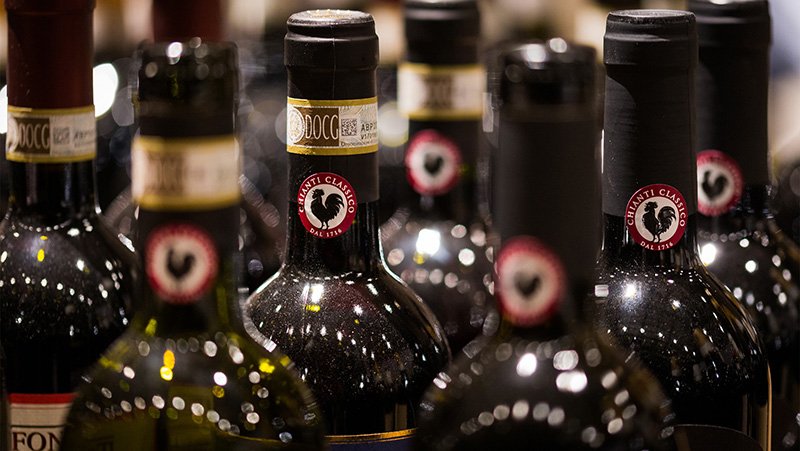
The firm tannin of Chianti wines goes best with rich, fatty dishes like pizza, Pecorino cheese, Burrata, tomato sauce and meat-based pasta dishes, Tuscan olive oil, sausages, roast lamb, parmesan chicken, and Crostini Neri.
Generally, Chianti wines don’t pair well with sweet desserts (that includes cake and cookies!). But if you wish to enjoy some chocolate with your wine, opt for a Vin Santo del Chianti DOC.
10 Best Chianti Wines to Buy in 2024 (Including Tasting Notes, Prices)
Here are our favorite wines from the Chianti and the Chianti Classico appellation:
- 2015 Il Caggio IPSUS Chianti Classico Gran Selezione DOCG, Tuscany, Italy ($336)
- 2010 Isole e Olena Chianti Classico Gran Selezione DOCG, Tuscany, Italy ($337)
- 2016 Castello di Ama Vigneto La Casuccia, Chianti Classico Gran Selezione DOCG, Italy ($200)
- 2006 Castello di Ama Vigneto Bellavista, Chianti Classico Gran Selezione DOCG, Italy ($174)
- 2010 Castell'in Villa Chianti Classico Riserva DOCG ($151)
- 2004 Fontodi Vigna del Sorbo Chianti Classico Gran Selezione DOCG ($161)
- 2016 Castello di Volpaia Il Puro Casanova Chianti Classico Gran Selezione DOCG ($92)
- 2010 Felsina Berardenga 'Colonia' Chianti Classico Gran Selezione DOCG ($92)
- 1996 Castell'in Villa 'Poggio delle Rose', Chianti Classico Riserva DOCG ($143)
- 2004 Fontodi Vin Santo del Chianti Classico ($252)
1. 2015 Il Caggio IPSUS Chianti Classico Gran Selezione DOCG, Tuscany, Italy ($336)
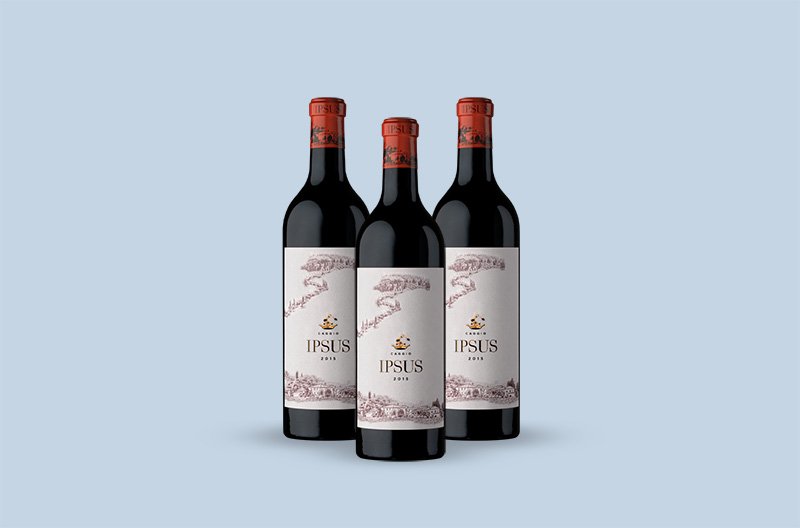
This fantastic Chianti Classico displays incredible cherries, strawberries, violets, spices, and dried orange aromas. Wine tasting reveals a tight, agile supple palate with fine tannin.
Robert Parker and Wine Spectator both scored this vintage 96 points.
2. 2010 Isole e Olena Chianti Classico Gran Selezione DOCG, Tuscany, Italy ($337)
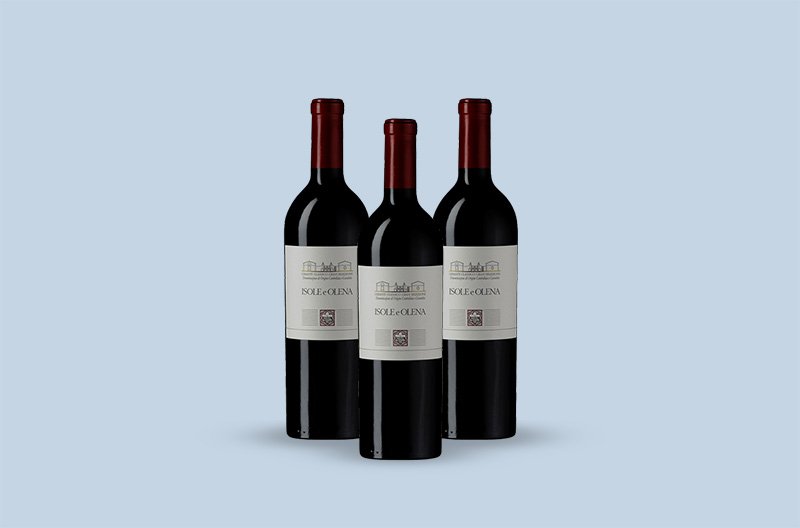
Seductively aromatic, this Chianti Classico made with grapes from the Isole e Olena vineyard gives off a black cherry, berry, and stone fruit aroma and flavour notes.
3. 2016 Castello di Ama Vigneto La Casuccia, Chianti Classico Gran Selezione DOCG, Italy ($200)
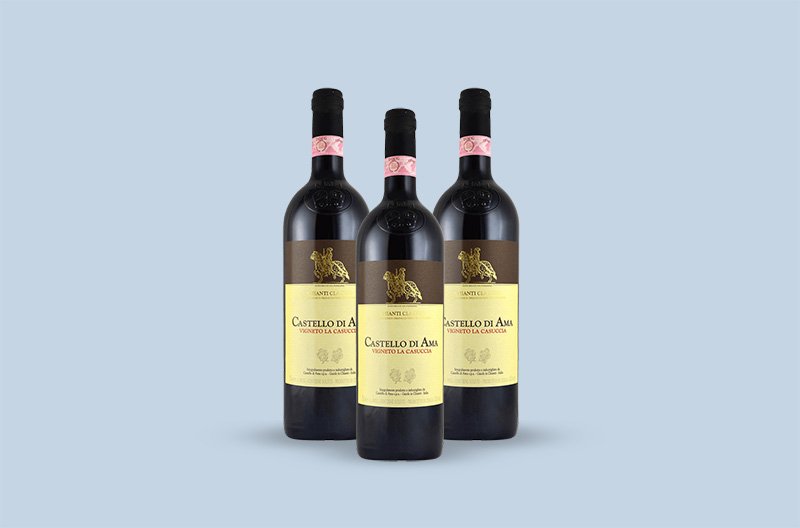
Gran Selezione wines like this vintage contain a blend of Sangiovese and Merlot.
It reveals black cherry, red fruit, and sweet spice aromas. The dense, richly-textured palate has a staggering richness of red plum and licorice flavor notes along with silky tannins.
4. 2006 Castello di Ama Vigneto Bellavista, Chianti Classico Gran Selezione DOCG, Italy ($174)
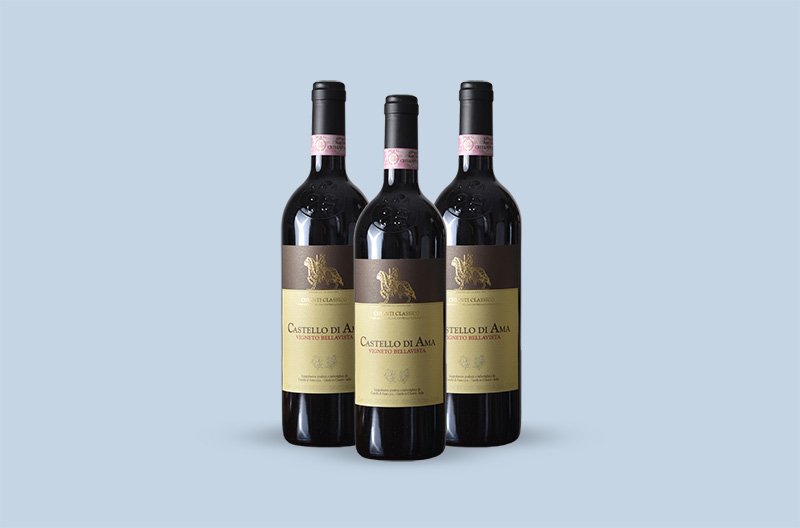
This red wine is more relaxed with dark fruit and oak barrel aromas. The palate has a fine tannin mouthfeel, along with sweet balsamic vinegar and deep red fruit flavors.
5. 2010 Castell'in Villa Chianti Classico Riserva DOCG ($151)
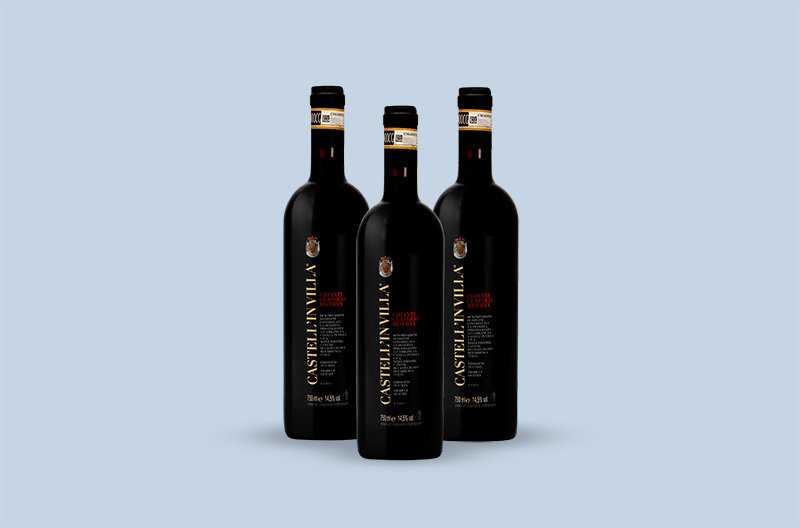
Here we have a fine wine with a nose of red berries, olive groves, and spice aromas. The palate is silky and well-balanced with plum, cassis, and toasted oak barrel flavor notes.
Wine Spectator scored this wine 92 points.
6. 2004 Fontodi Vigna del Sorbo Chianti Classico Gran Selezione DOCG ($161)
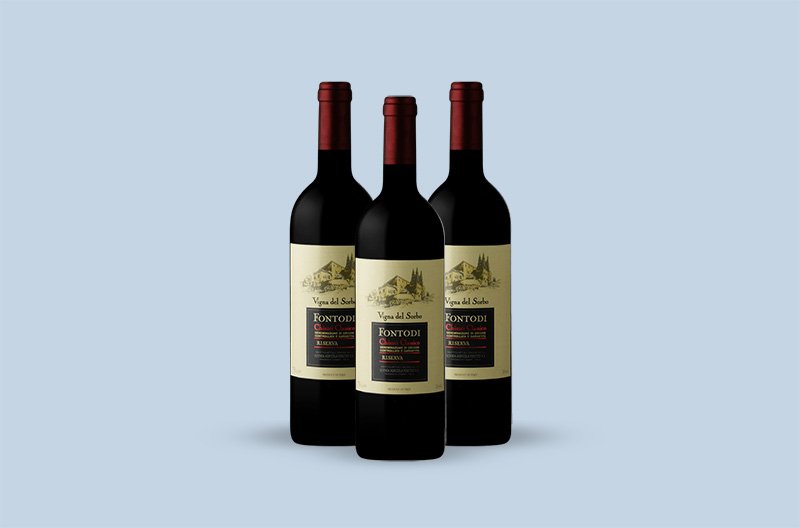
This vintage wine has a fresh nose of rose petals and spice aromas. The palate has ripe plum, leather, and licorice flavors.
7. 2016 Castello di Volpaia Il Puro Casanova Chianti Classico Gran Selezione DOCG ($92)
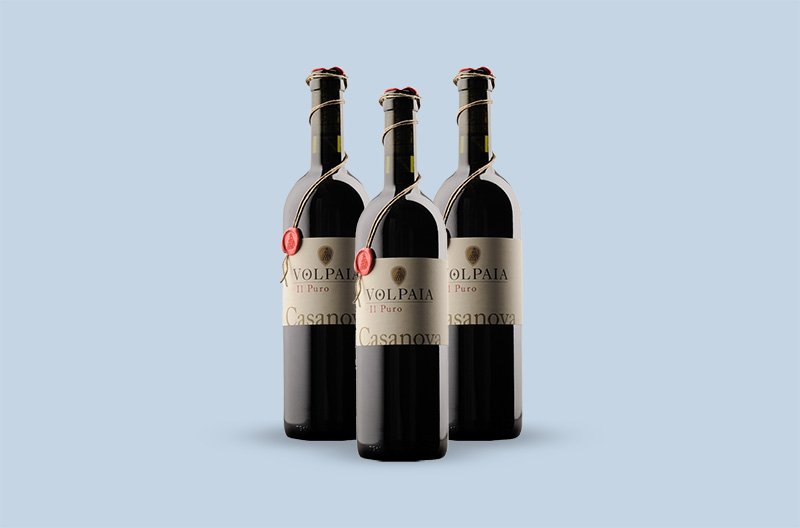
The wine opens to tantalizing dark cherry and raspberry aromas accompanied by coconut, dried herbs, and vanilla flavor notes.
8. 2010 Felsina Berardenga 'Colonia' Chianti Classico Gran Selezione DOCG ($92)
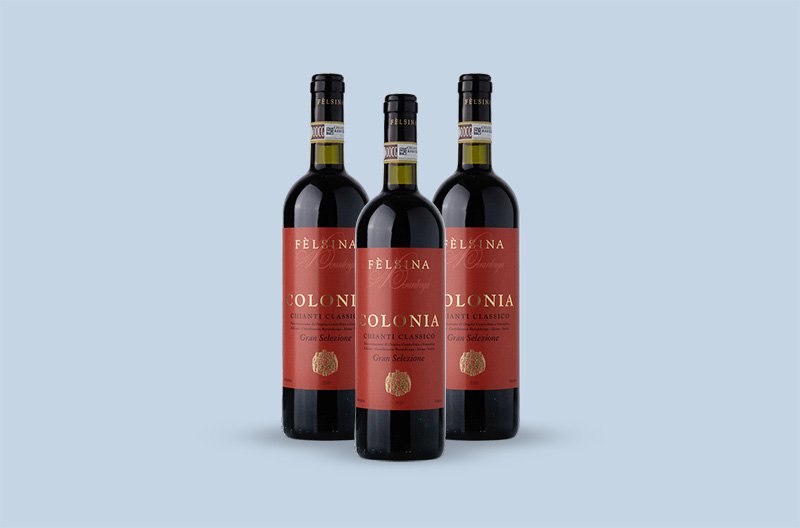
This Tuscan wine presents pure Sangiovese notes with crushed cassis, wood, dried herbs, and sweet tobacco aromas. Blackberry, blue flower, and tangy spice notes dominate the palate.
9. 1996 Castell'in Villa 'Poggio delle Rose', Chianti Classico Riserva DOCG ($143)
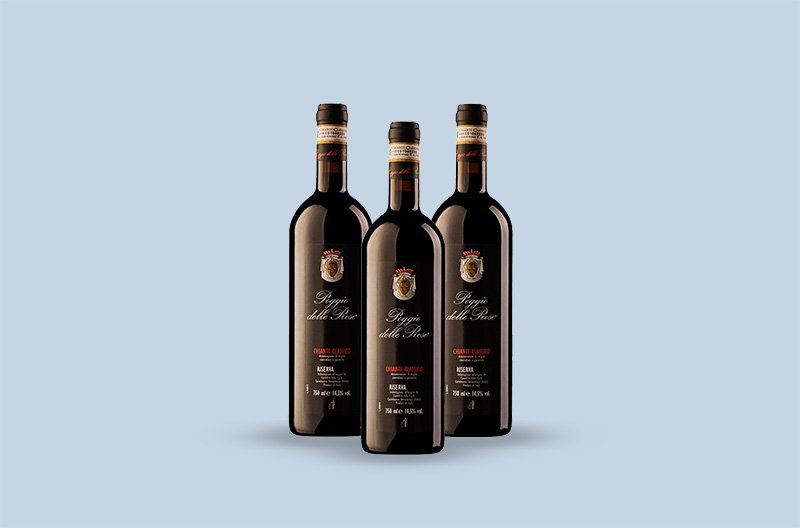
This beautiful vintage has dark cherry, cranberries, and plum aromas. The palate has plenty of dark fruit and chocolate flavors.
10. 2004 Fontodi Vin Santo del Chianti Classico ($252)
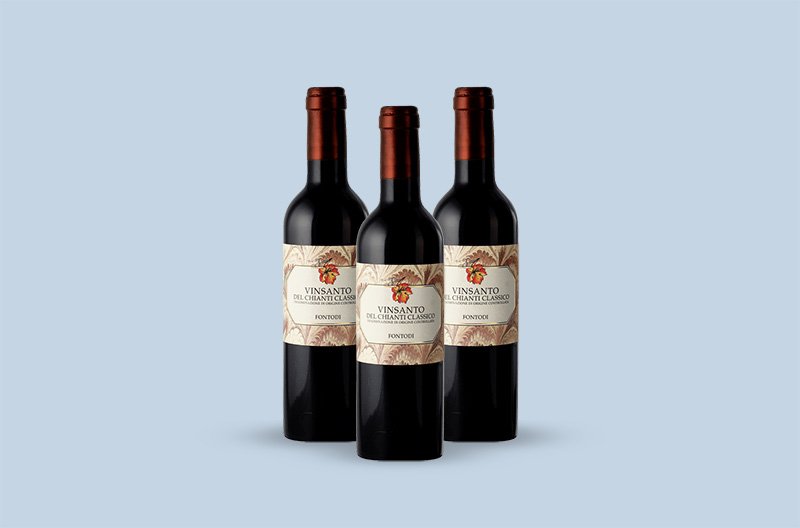
Orange zest, dried figs, and exotic spice notes dominate the nose of this Chianti wine. Wine tasting reveals a buttery taste of caramel and vanilla flavors along with balanced, bright acidity.
Should You Invest in Chianti Wine?
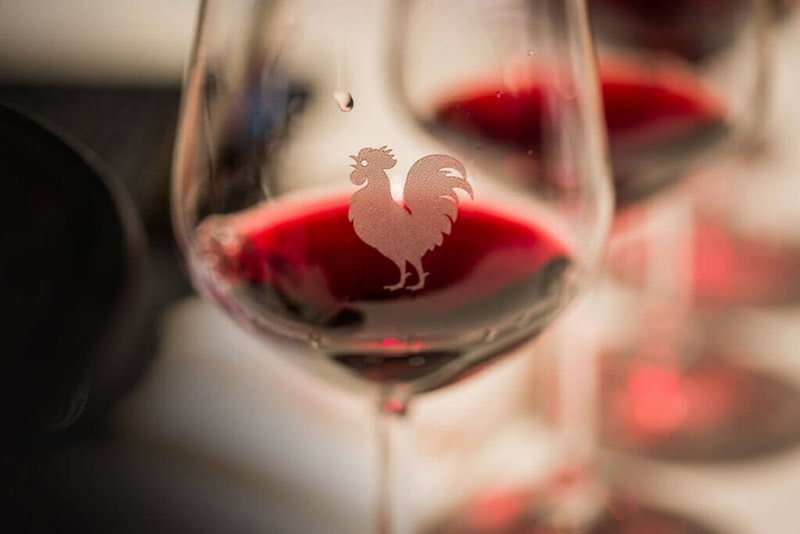
The Chianti Classico DOCG wines like Chianti Superiore and Chianti Classico Riserva are extremely popular among serious collectors due to their ability to age slowly.
It will take a Chianti Classico Superiore 10-15 years to mature.
As they mature, their prices also increase. For example, the 2010 Isole e Olena Chianti Classico Gran Selezione DOCG grew by 32% between 2021-2023, from $260 to $344.
Apart from Chianti, you can also invest in a range of other collectible Italian wine like the highly coveted Super Tuscan wines like Sassicaia, Tignanello, and Solaia.
How to Invest In Chianti & Other Italian Wines
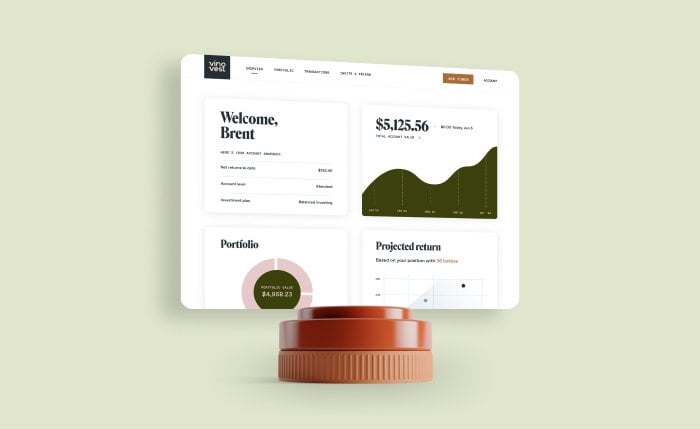
To find the finest Italian bottles, your best bet would be to invest through a trusted wine investment company like Vinovest.
Vinovest will help you select, source, store, and sell authentic wines from around the world, including the United States, South Africa, and Australia.
But wait — there’s more. Vinovest will:
- Source wines directly from wineries, winemakers, and trusted merchants at the best possible rates.
- Curate a stellar portfolio with the expertise of Master Sommeliers and investment algorithms.
- Trace every wine bottle’s provenance to ensure authenticity.
- Offer secure storage in a bonded warehouse under 24/7 monitoring and climate-controlled conditions.
- Deliver your wines anywhere you want.
- Give you access to an extensive wine network, private wine sales, limited wine releases, wine tastings and more.
How does it work?
Just follow these 4 easy steps:
- Head to the Vinovest website and sign up.
- Fill out a brief questionnaire about your investment style and risk appetite.
- Add a minimum of $1,000 to your account.
- Grab a glass of Chianti and watch your portfolio grow.
Now let’s take a quick wine tour of this Tuscan region.
Take A Tour Of The Chianti Wine Region
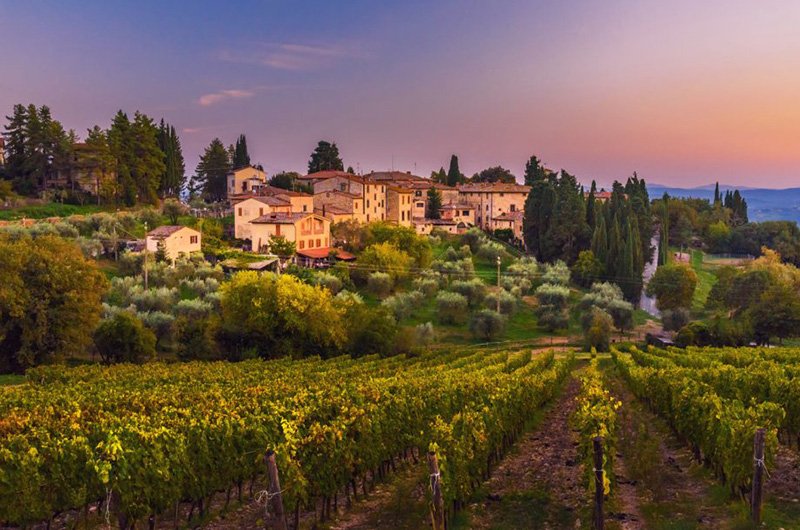
The Chianti wine region is situated in Central Italy - extending from Florence in the north to Siena in the south.
The region experiences a continental climate with cold winters and scorching summers - perfect for olive oil and the delicious Chianti wines.
It has two DOCG appellations under it.
1. Chianti DOCG
Situated south of the Florentine hills, the Chianti DOCG appellation houses some of the best Chianti subregions - from Chianti Rufina to Colli Fiorentini.
- Chianti Montalbano: Located in the west of Florence, this Chianti region are known for their soft, scented wines with higher portions of Cabernet Sauvignon.
- Chianti Rufina: Chianti Rufina, one of the smallest wine regions in Chianti, is located to the east of Florence. Famous for the Colorina grape variety, Chianti Rufina wines display highly complex aromas.
- Chianti Colli Fiorentini: Colli Fiorentini produces easy-drinking, well-rounded, and fruity Chiantis. White grape varieties constitute only 2% of total vineyard production.
- Chianti Colli Aretini: This Chianti subzone is situated in eastern Tuscany. Colli Aretini wines are light-bodied and have bright acidity.
- Chianti Colli Senesi: The southernmost Chianti zone, Colli Senesi encompasses the famous wine regions of Tuscany - Montepulciano, Montalcino, and San Gimignano. Senesi’s wines exhibit a solid fruity character.
- Chianti Montespertoli: This southwest subzone is the youngest Chianti region. It produces lush and balanced wines.
- Chianti Colline Pisane: The westernmost Chianti region, this Chianti zone produces soft, light, and less tannic Chiantis.
2. Chianti Classico DOCG
The Chianti Classico area is the oldest in the Chianti wine region of Tuscany and covers the towns of Radda, Gaiole, Castellina, Greve, and Panzano.
The boundaries of the Chianti Classico area underwent a remarkable expansion during the 1930s. It ultimately solidified its status as an independent appellation in 1984.
Chianti Classico DOCG has nine communes:
- Barberino Val d’Elsa
- Castellina in Chianti
- Castelnuovo Berardenga
- Gaiole in Chianti
- Greve in Chianti
- Poggibonsi
- Radda in Chianti
- San Casciano Val di Pesa
- Tavarnelle Val di Pesa
Chianti Classico wines have these three quality tiers based on aging:
- Annata or standard Chianti: Aged for at least 12 months
- Riserva wine: Aged for 24 months
- Gran Selezione wines (Superiore): Aged for at least 30 months
Chianti Classico wine is characterized by intense red and black fruit flavors and spicy aromas.
Each Chianti Classico wine carries the black rooster (Gallo Nero) on its label - the historic symbol of the “League of Chianti.” It is based on medieval folklore that represents the victory of Florence over Chianti. Interestingly, the black rooster is also the emblem of the Chianti Classico Consortium since 2005.
Now, how is Chianti Wine classified?
The Chianti Wine Classification System
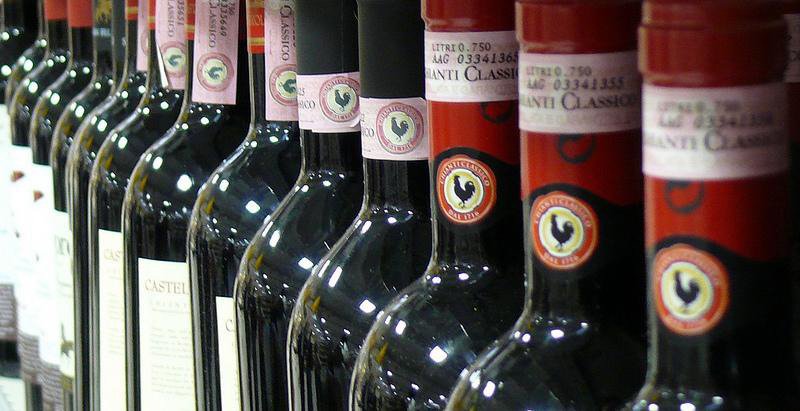
Based on the time spent in barrels, Chianti wines (Chianti and Chianti Classico) are classified into:
- Chianti Normale (Basic Chianti): Aged for 6 months
- Chianti Superiore: Aged for a year
- Chianti Riserva: Aged for 2 years
- Gran Selezione: Produced from 100% estate fruit and aged for a minimum of 30 months
Finally, although Super Tuscan is not officially a Chianti wine classification (since they use international grape varieties), it is still one of the region’s most sought-after wines.
Viticulture has existed in the Chianti region since the 13th century when it was white wine. But, the grape composition changed over decades and slowly evolved into a red.
Let’s see how.
A Brief Look Into The History of Chianti Wine
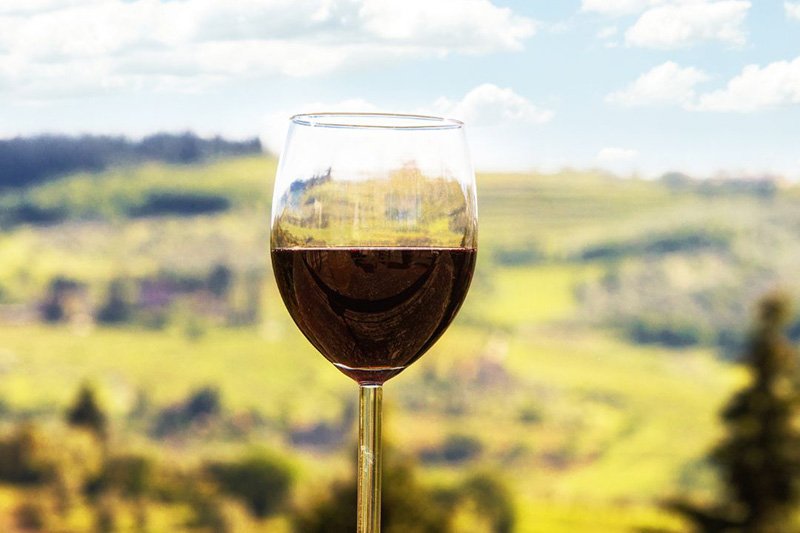
During the 14th century, Castellina, Gaiole, and Radda merchants in Tuscany formed the ”League of Chianti” to promote local wines.
Let’s go through the main events that shaped modern Chianti wine.
- In 1716, Cosimo III, the Grand Duke of Tuscany, declared the towns of Radda, Gaiole, Castellina, Greve, and Panzano as the official Chianti wine region.
- In 1872, Baron Ricasoli, the second Italian Prime Minister, created the first Chianti red wine recipe - 70% Sangiovese, 15% Canaiolo Nero, 10% Malvasia, and 5% other local red grape varieties.
- The success of the “Ricasoli formula” led to the mass production of Sangiovese grapes, and the quality of the grape deteriorated. Soon, Chianti became a cheap squat-bottle vino in straw baskets.
- The 1924 Chianti Classico Consortium aimed to protect authentic Chianti wines by checking the production quality of Sangiovese and elevating the illustrious Gallo Nero brand. Today, the Consortium unites 480 visionary Chianti Classico producers.
- In 1967, the DOC regulations by the Italian government tried to establish the "Ricasoli formula.”
But many winemakers opposed this and blended Sangiovese with international varieties like Cabernet Sauvignon, Merlot, Pinot Noir, and Syrah. These wines, initially called “vino da Tavola” or “super Chiantis,” are the revered Super Tuscanwines as we know them today!
Ready to buy one of these iconic bottles?
Invest in Sought-After Chianti Wine Through Vinovest
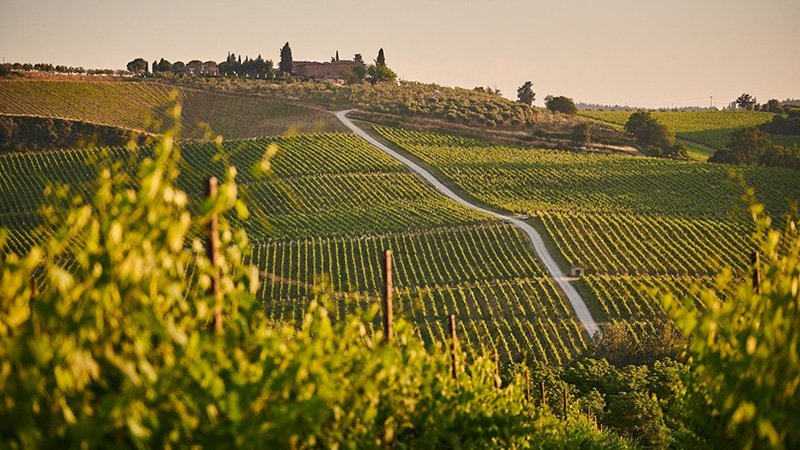
Chianti wines are vibrant and are ideal for a weekend dinner or a lively ball. Many of them are also age-worthy and make perfect long-term investment assets.
The easiest way to invest in delectable, investment-worthy wines from Italy, South Africa, or the United States is to build a portfolio through a trusted wine investment firm like Vinovest.
So, sign up and start adding incredible wines to your collection today.
